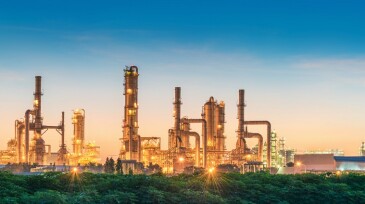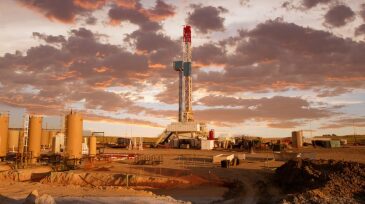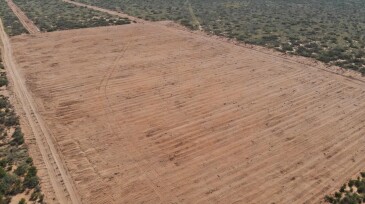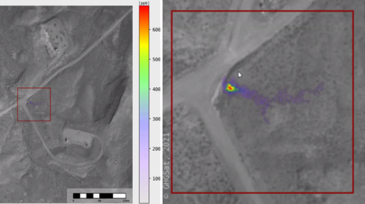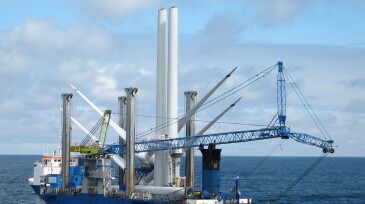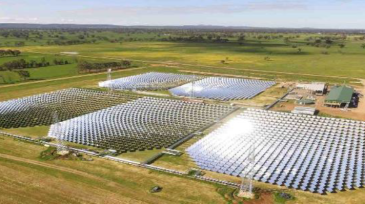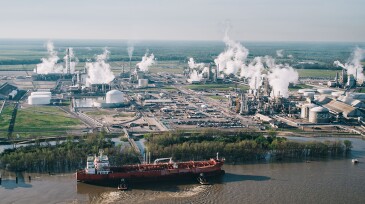Sustainability
The two companies said they will evaluate the possibility of a joint venture to develop a direct air capture hub in South Texas, with XRG considering investing up to $500 million.
The plant at Heidelberg Materials’ cement facility in Brevik, Norway, has captured its first 1,000 metric tons of carbon dioxide.
The times are changing and so are our industry’s prospects, as hydrocarbons are now recognized as cardinal to affordable energy security for the conceivable future. But, in avoidance of suspense, the answer to the headline question is “absolutely.” Here we look at the rationale why.
-
Three leading global financial institutions recently announced updated environmentally linked targets aimed at reducing by 2030 their financed emissions in carbon-intensive sectors, including oil and gas.
-
The second annual progress report showcases how the SDG Roadmap is being implemented by Ipieca and its member companies.
-
The Permian-based company has committed to being part of the United Nations flagship reporting program.
-
Global energy officials at CERAWeek grappled with how to transition the global economy from fossil fuels to renewables quickly enough to prevent climate disaster without disrupting strategic oil and gas supplies.
-
The first direct air capture facility will debut a few months late, but that’s not a big concern for its developer.
-
This paper discusses how methane detection from oil and gas infrastructure using remote sensing technologies enables operators to quantify and minimize the emissions while gaining insight and an understanding of their operations through data analytics.
-
The proposed sale notice consists of more than 300,000 acres in three designated areas offshore Louisiana and Texas.
-
BP’s deal with Norway-based Deep Wind Offshore aims to generate nearly half of the 13 GW of electricity Korea plans to produce from offshore wind by 2030.
-
Nabors expanded its push beyond the oil business by acquiring an Australian solar power company selling a round-the-clock power technology.
-
At the center of a rush to build carbon storage is the state of Louisiana, where the number of applications to build long-term storage is equal to half the sites operating globally.





